Flexible Investment: A PPP is more flexible than an RRSP in terms of what you can invest in
Larger Contributions: A PPP allows you to make larger tax-deductible contributions than with an RRSP. Also, if your investment returns are low, you will be able to make additional tax-deductible contributions.
Shelter more Income: Not everyone with a PPP will be able to fund it every year, because there are factors that may be more important during the early stages such as living expenses and mortgage payments. Should this be the case, a PPP can make up for this obstacle by allowing you to go back and fund your PPP’s missed contributions. The best benefit for this comes as the plan holder gets older.
Tax-deductible Loan Interest: If you borrowed money to invest in your PPP, the interest is tax-deductible. Unfortunately, this isn’t the case for an RRSP.
Corporate Funding: RRSP contributions are tax-deductible, but you pay out of pocket. A personal pension plan is funded with corporate money, meaning your corporate retained earnings can be used for funding and can also earn tax-free investment income.
Contribution Flexibility – PPP allows you to switch from making DC contributions to DB contributions and back, based upon the year you are having. This flexibility makes it easier to contribute to a PPP.




